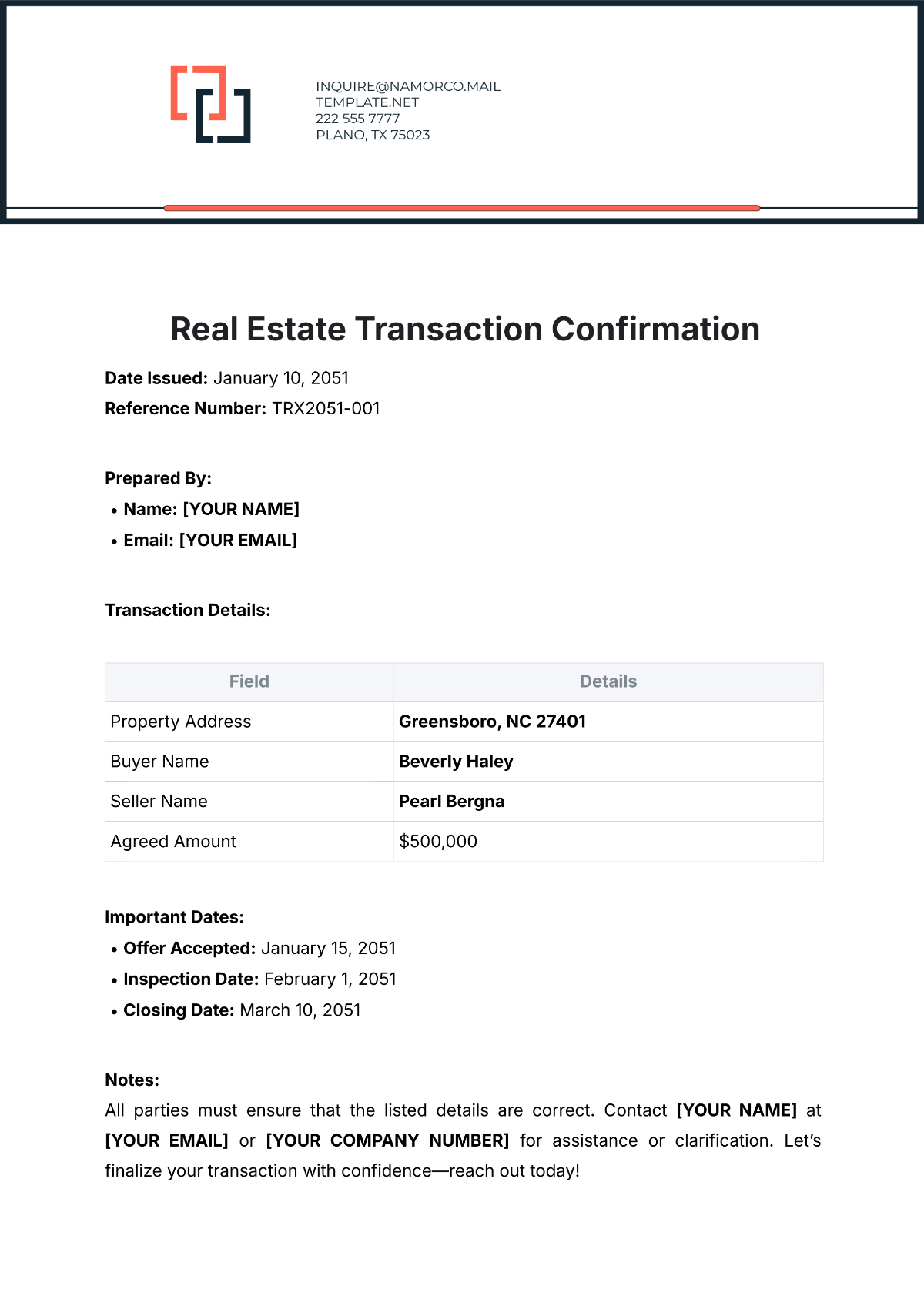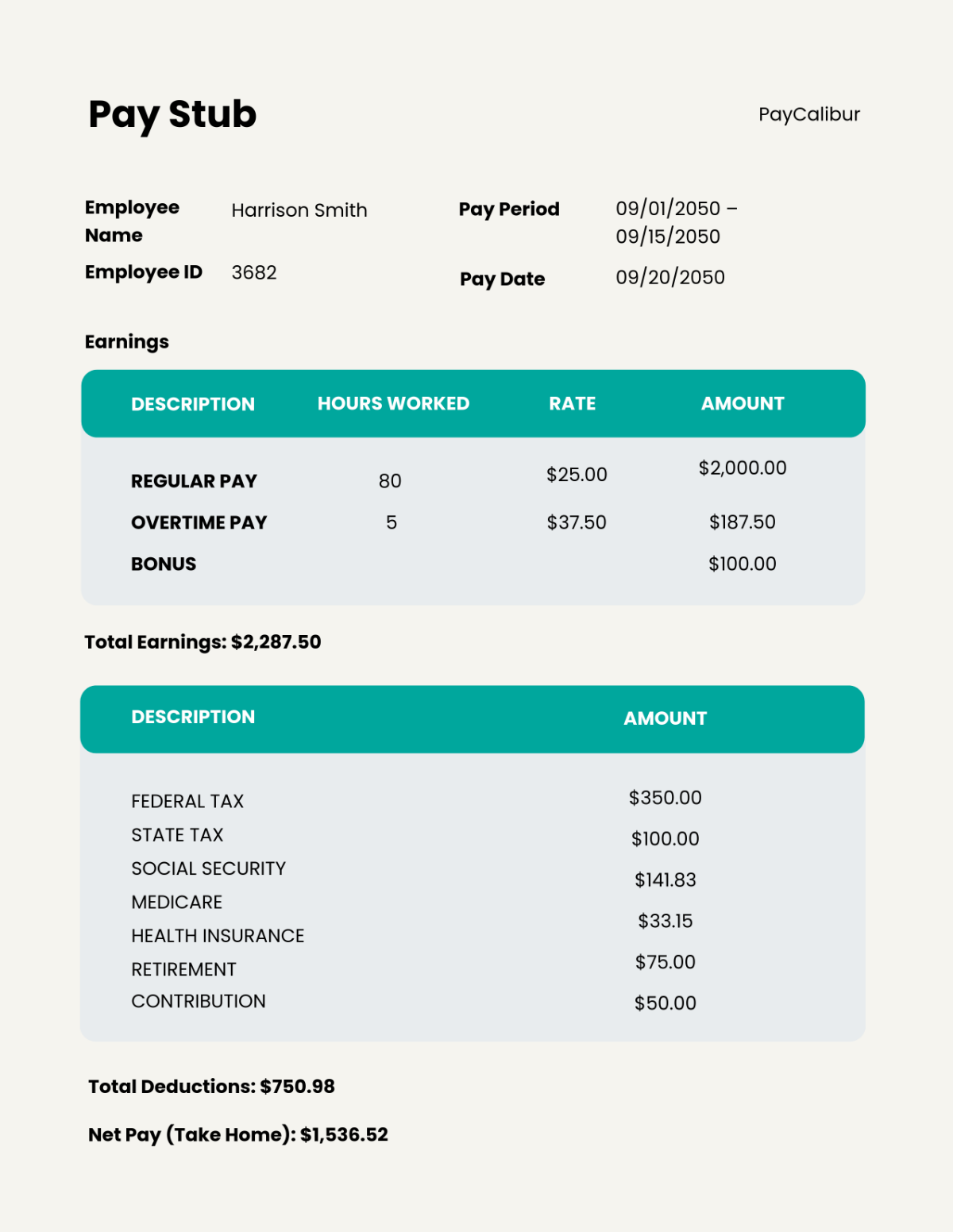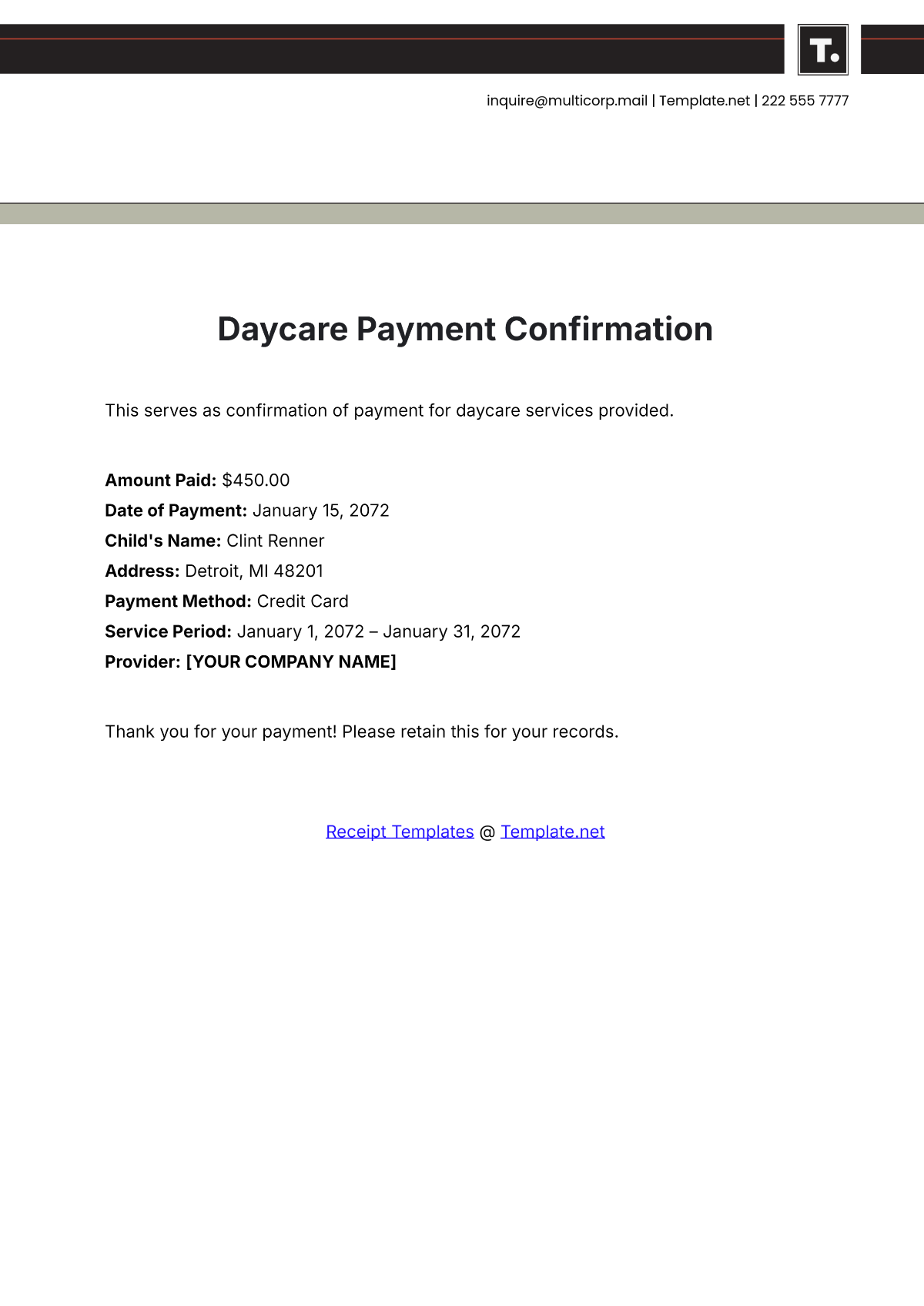Finance Audit Management
Introduction to Credit Audit Management
Purpose of the Audit
The primary objective of this credit audit is to evaluate the effectiveness of the company's credit risk management framework. This includes assessing the adequacy of credit risk policies, the robustness of credit assessment procedures, and the efficiency of credit monitoring systems. The audit aims to ensure that the company's credit exposure is within the risk appetite set by the board and complies with regulatory requirements.
Scope of the Audit
This audit covers all credit-related activities from January to December 2023. It encompasses the evaluation of credit policies, procedures, and risk management practices across all departments that deal with credit operations. The audit includes a review of corporate, commercial, and consumer credit products, as well as an assessment of the credit risk associated with new product developments.
Audit Methodology
Audit Standards and Framework
The audit is conducted in accordance with the International Standards on Auditing (ISA). It also incorporates elements of the Basel II framework for credit risk management. The methodology is designed to provide a comprehensive and independent assessment of the company's credit risk management processes.
Data Collection and Analysis Techniques
Data collection involves a combination of document reviews, interviews with key personnel, and analysis of credit data. Document review includes policies, procedure manuals, and credit files. Interviews are conducted with staff from the credit, risk, and compliance departments. Data analysis techniques involve statistical analysis of credit portfolios, trend analysis of credit defaults, and a review of the risk rating process.
Technique | Description | Application |
Document Review | Examination of policy documents, credit files, and procedure manuals | To assess compliance with internal policies and external regulations |
Interviews | Conversations with staff in key roles | To gain insights into the practical implementation of policies |
Data Analysis | Statistical analysis and trend evaluation | To identify patterns in credit portfolios and default rates |
This approach ensures a thorough understanding of the company's credit processes and identifies areas of strength and opportunities for improvement in managing credit risk.
Credit Risk Management Evaluation
The company has established a robust framework of credit risk policies and procedures, designed to manage and mitigate the risks inherent in credit operations. These policies are periodically reviewed and updated to reflect the evolving regulatory landscape and market conditions. The key components of these policies and procedures are outlined below:
Credit Approval Process
This policy outlines a structured approach for evaluating and approving credit requests. It emphasizes a thorough assessment of creditworthiness, including the borrower's financial health, credit history, and collateral quality. The process involves several key stages:
Initial Application Review: Screening of credit applications for completeness and basic eligibility.
Financial Analysis: Detailed analysis of the borrower's financial statements, cash flow projections, and credit scores.
Collateral Evaluation: Assessment of the value and liquidity of collateral offered against the loan.
Approval Authority: A multi-tiered approval structure, where larger credit exposures require higher management level approvals.
Risk Rating System
The risk rating system is a critical component of the credit risk management framework. It assigns a risk score to each borrower, reflecting their likelihood of default. The system incorporates:
Quantitative Factors: Financial ratios, repayment history, and credit score.
Qualitative Factors: Industry risk, management quality, and market position.
Rating Review: Regular review of risk ratings to reflect any changes in the borrower’s financial condition or the macroeconomic environment.
Credit Monitoring and Reporting
This procedure ensures ongoing oversight of the credit portfolio. Key elements include:
Regular Portfolio Reviews: Periodic assessments of the overall credit portfolio to identify trends, concentrations, and potential problem areas.
Individual Loan Monitoring: Ongoing monitoring of individual loans, particularly those with higher risk ratings or showing signs of stress.
Compliance Reporting: Regular reporting to management and regulatory bodies on credit exposure, portfolio quality, and adherence to risk limits.
Non-Performing Loan (NPL) Management
This policy deals with the handling of loans that show signs of distress or default. It includes:
Early Warning System: Mechanisms to identify loans at risk of becoming non-performing.
Restructuring Strategies: Options for restructuring loans to improve repayment prospects.
Provisioning and Write-offs: Guidelines for making provisions against potential losses and criteria for writing off non-recoverable loans.
Training and Development
To ensure effective implementation of these policies, the company provides regular training and development programs for its credit staff. These include:
Onboarding Training: Comprehensive training for new hires on credit policies and risk management practices.
Continuing Education: Ongoing training sessions to keep staff updated on the latest industry trends, regulatory changes, and risk management techniques.
Audit Findings
The credit audit has uncovered several critical findings related to the company's credit risk management practices. These findings are categorized into compliance, risk management, and operational efficiency. The detailed observations are as follows:
Summary of Findings
Area of Assessment | Finding | Compliance/Concern | Impact Level |
Credit Approval Process | Inconsistent application of approval criteria | Concern | Moderate |
Risk Rating System | Inadequate coverage of market risk factors | Concern | High |
Credit Monitoring | Effective but lacks advanced analytics | Compliance | Low |
NPL Management | Delay in recognizing non-performing loans | Concern | High |
Staff Training | Need for more advanced risk management training | Concern | Moderate |
Detailed Findings
Credit Approval Process
Observation: The audit revealed inconsistencies in the application of credit approval criteria across different departments. Some high-risk credit applications were approved without adequate senior-level review.
Implication: This could lead to increased credit risk exposure and potential credit losses.
Recommendation: Standardize the approval process and enforce strict adherence to approval authority guidelines.
Risk Rating System
Observation: The current risk rating system does not adequately account for specific market risk factors, particularly in emerging industries.
Implication: Failure to recognize these risks can lead to underestimating the overall risk of the credit portfolio.
Recommendation: Revise the risk rating system to include comprehensive market risk factors.
Credit Monitoring
Observation: The credit monitoring system is effective in tracking and reporting but lacks integration with advanced analytical tools for predictive analysis.
Implication: Limited capability in anticipating future credit defaults.
Recommendation: Implement advanced analytical tools to enhance predictive capabilities.
Non-Performing Loan (NPL) Management
Observation: There is a delay in the recognition and reporting of non-performing loans, primarily due to inefficient monitoring systems.
Implication: Delayed action on NPLs can result in increased credit losses.
Recommendation: Improve monitoring systems and establish a more proactive approach to identifying and managing NPLs.
Staff Training
Observation: Current staff training programs lack focus on advanced credit risk management techniques.
Implication: Staff may not be adequately equipped to handle complex risk scenarios.
Recommendation: Enhance training programs to include modules on advanced risk assessment and management techniques.
Recommendations and Action Plan
Strategic Recommendations
Based on the audit findings, the following strategic recommendations are proposed to enhance the company's credit risk management:
Enhance Risk Rating System: Introduce additional parameters to better capture market volatility and emerging industry risks.
Integrate Risk Management in Credit Approval: Involve the risk management team more deeply in the initial stages of the credit approval process.
Adopt Advanced Analytical Tools: Utilize more sophisticated data analytics tools for predictive analysis in credit monitoring.
Implementation Plan
An action plan is outlined to implement the recommended strategies effectively:
Recommendation | Action Steps | Responsible Party | Timeline | Performance Metric |
Enhance Risk Rating System | Develop new risk parameters, train staff | Risk Management Team | Q2-Q3 2051 | Reduction in missed market risk incidents |
Integrate Risk Management | Revise credit approval process, involve risk team earlier | Credit Department | Q1 2051 | Time-to-approval, accuracy in risk assessment |
Advanced Analytical Tools | Research and acquire analytics software, train staff | IT and Risk Departments | Q3-Q4 2051 | Improvement in early risk detection rates |
Conclusion
The audit has provided valuable insights into the strengths and areas for improvement in the company's credit risk management practices. While the company demonstrates strong adherence to established credit policies and procedures, there are opportunities for enhancement, particularly in risk assessment and the use of technology in credit monitoring. Implementing the recommended actions will not only mitigate potential risks but also position the company better in the dynamic financial landscape. Continuous improvement and adaptation to new challenges are crucial for maintaining robust credit risk management.

















































